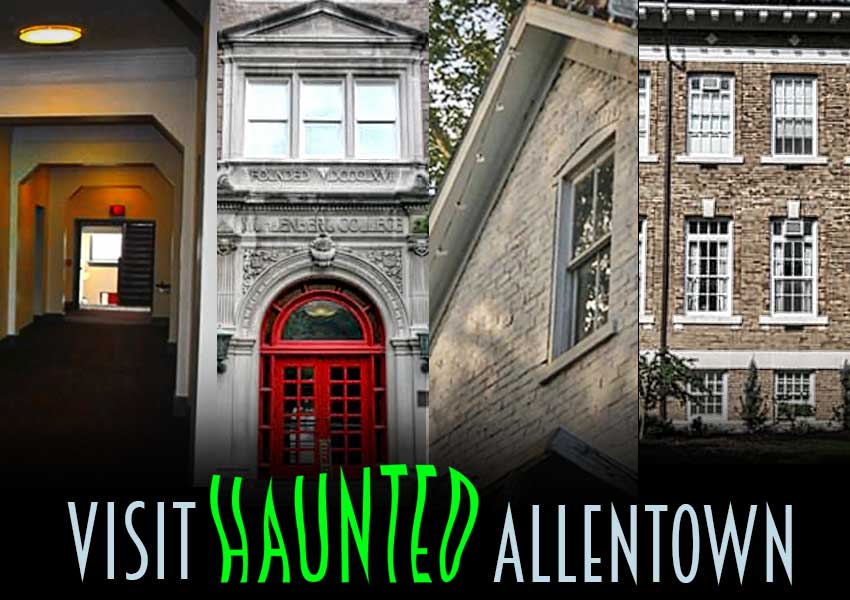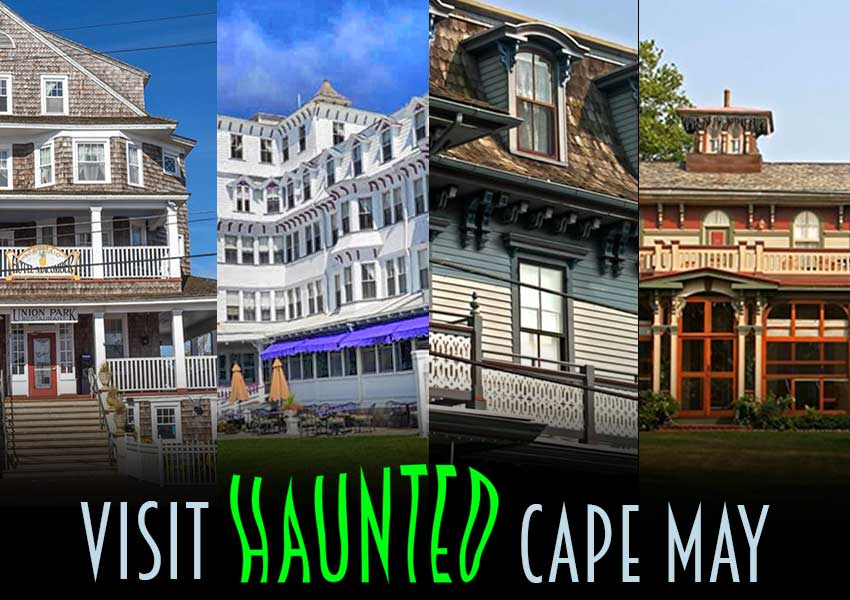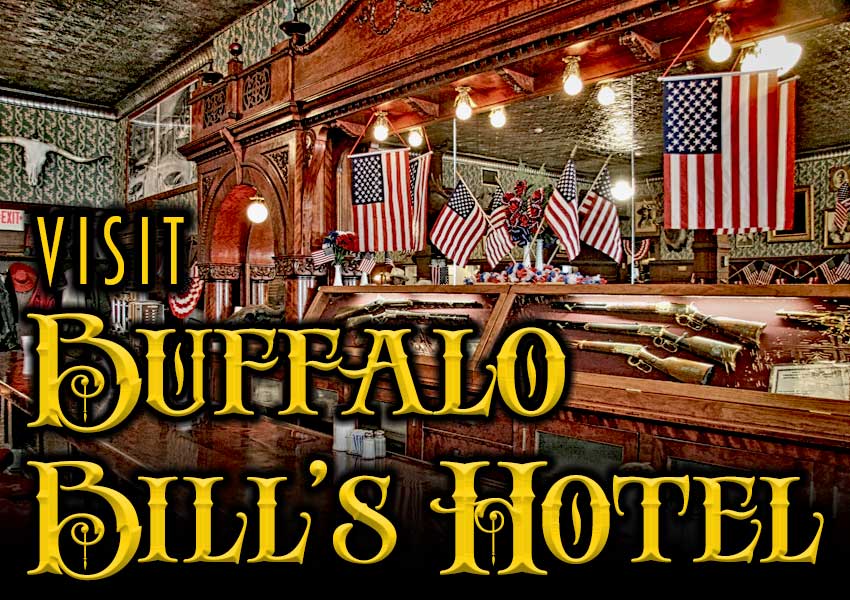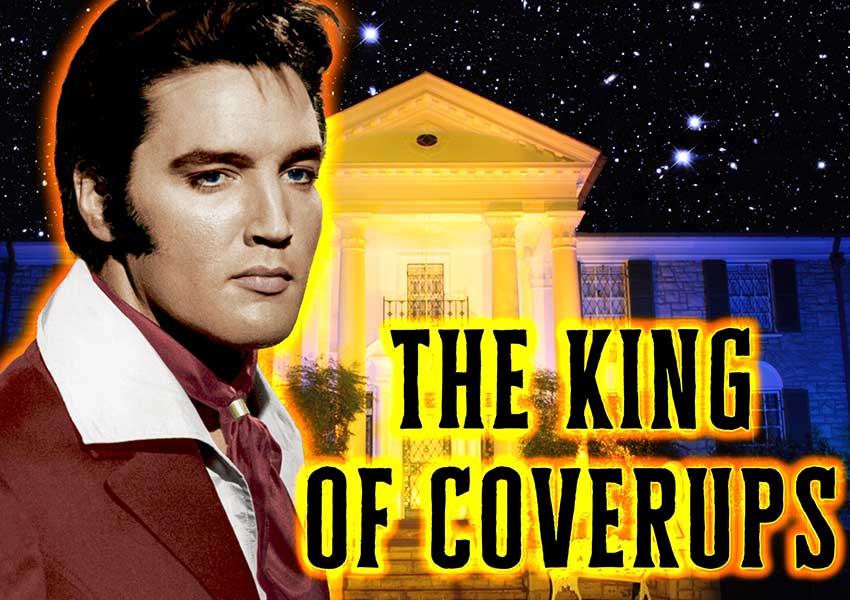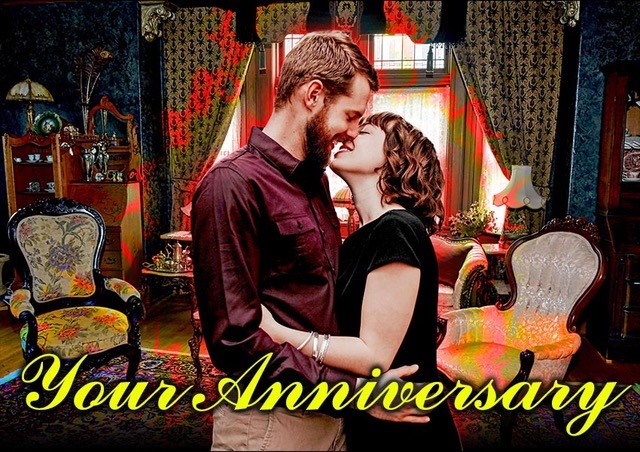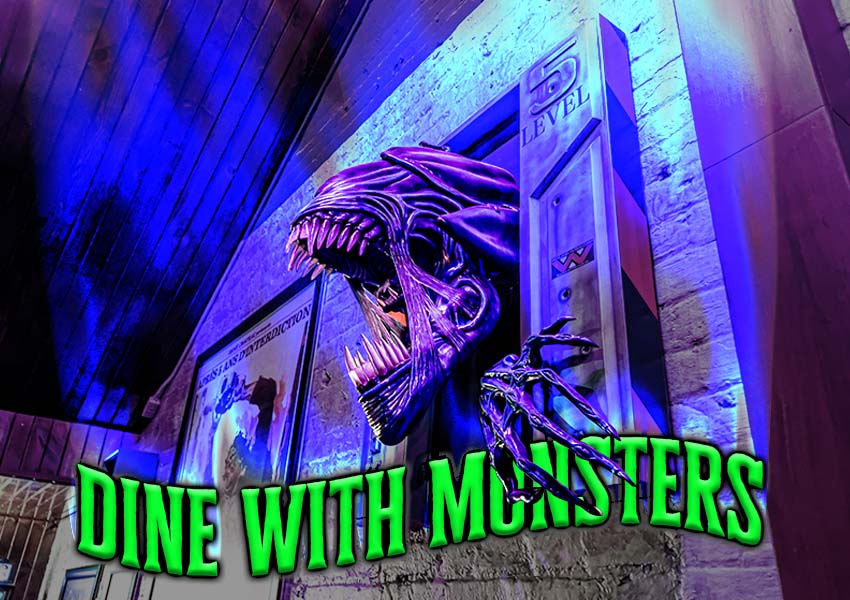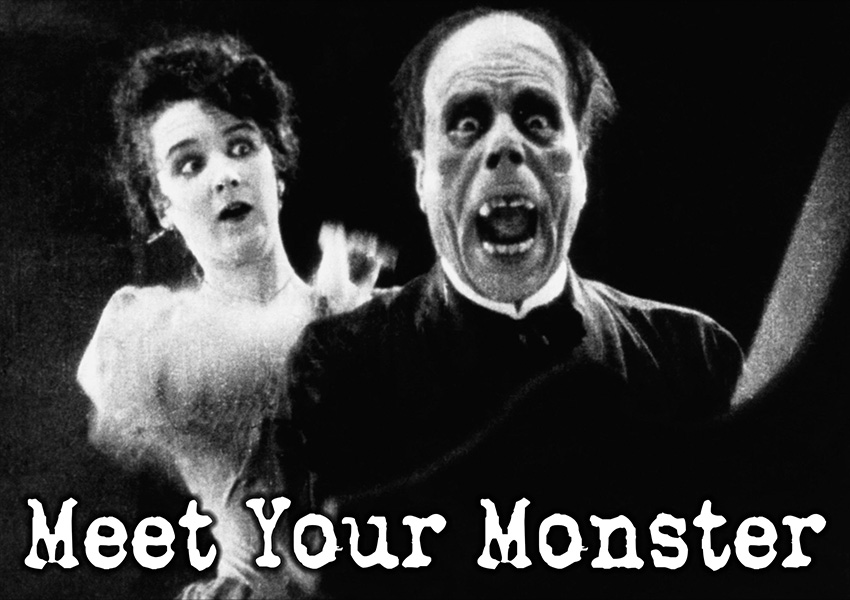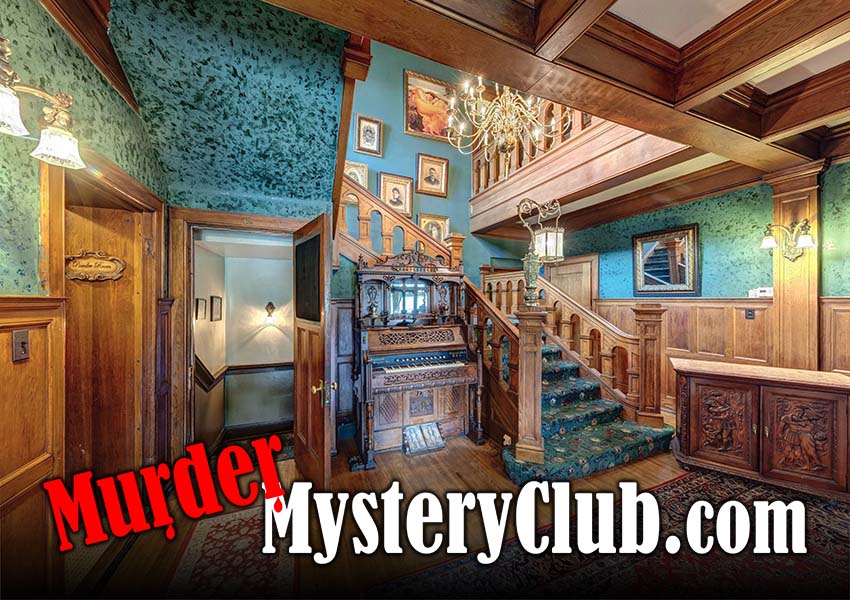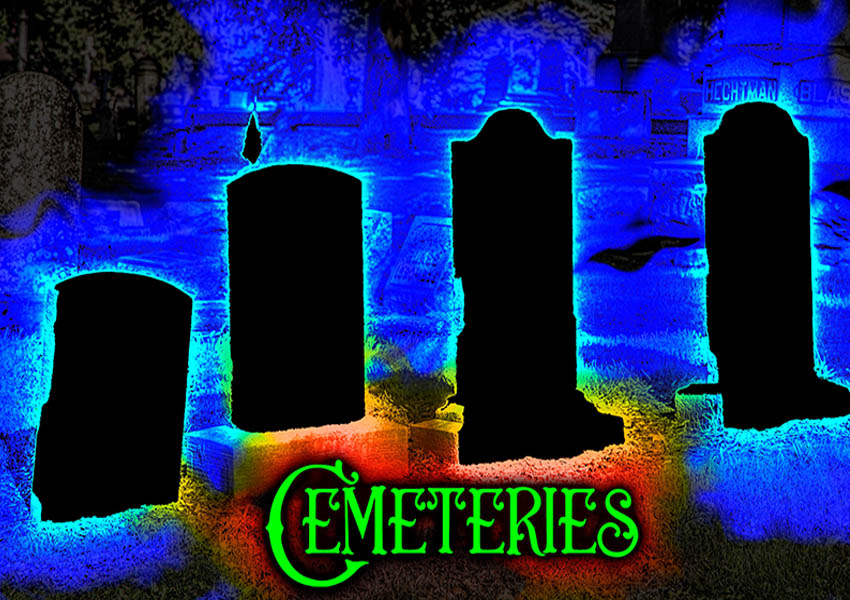Williamsburg Virginia
Williamsburg Public Gaol Museum
Some spirits received an undeserved, non-court death sentence.
Others justly received a court death sentence, but can’t accept it.
DESCRIPTION
The Public Gaol in Old City Williamsburg is a museum that gives a glimpse of life behind bars was like her for Colonial debtors, thieves, pirates, and heavy weight lawbreakers who either were waiting trial or punishment. It started off being a small brick jail that had to be enlarged to handle all the petty and major criminals that found themselves arrested for minor and major offenses.
It has been restored to how it looked just before the county took it over in 1780, staying with the Colonial theme in Williamsburg. They didn’t make it too comfortable, but forgot the major items needed in a jail for everyone’s well-being. Heat, enough space for all inmates, clean water, and proper removal of human waste. They learned the hard way, and would’ve been in today’s criminal court facing charges of dangerous neglect. Many prisoners died before they could be tried by the justice system.
If I lived in Colonial times, I would make the right choices to stay out of the Public Gaol to avoid an awful, disease-prone, miserable place that was likely to kill you.
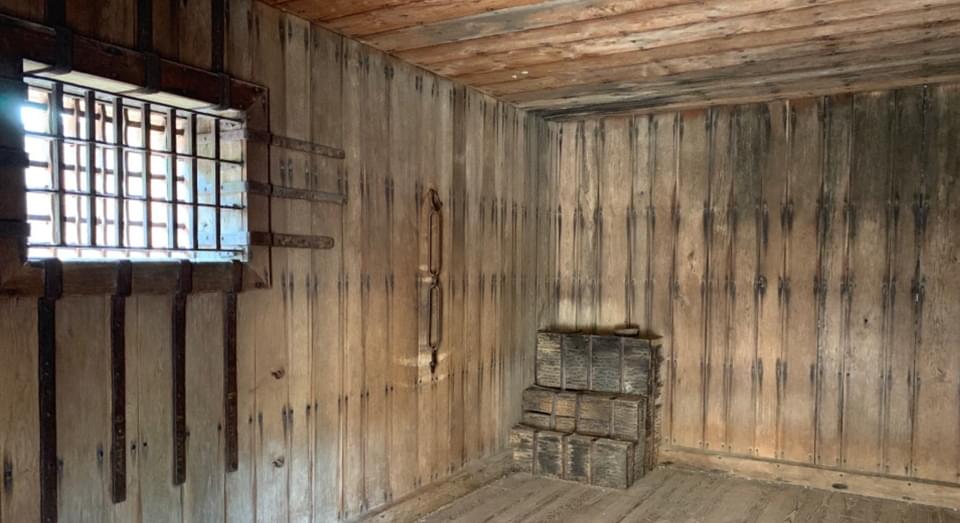
HISTORY
The need for a prison to take care of non-violent offenders, like debtors, runaway slaves, thieves, the mentally ill; later tories, and spies was realized when the city of Williamsburg became the capitol of the Virginia colony in 1699. They figured that these non-violent wrong doers who were waiting for trial or waiting for their punishment would fit nicely in this small jail.
Perhaps to discourage jailing of debtors, the people who were owed money had to send support to the folks in jail. They eventually had to totally support the debtors in the Public Gaol, which probably ended the jailing of debtors.
The leaders of Williamsburg sought out the best contractor in Virginia:Henry Cary. They specified that this Public Gaol should be “small and simple”,not realizing that a much bigger place would be needed “for murderers, thieves, and other dangerous miscreants” who were awaiting there moment in front of the jury and judge.
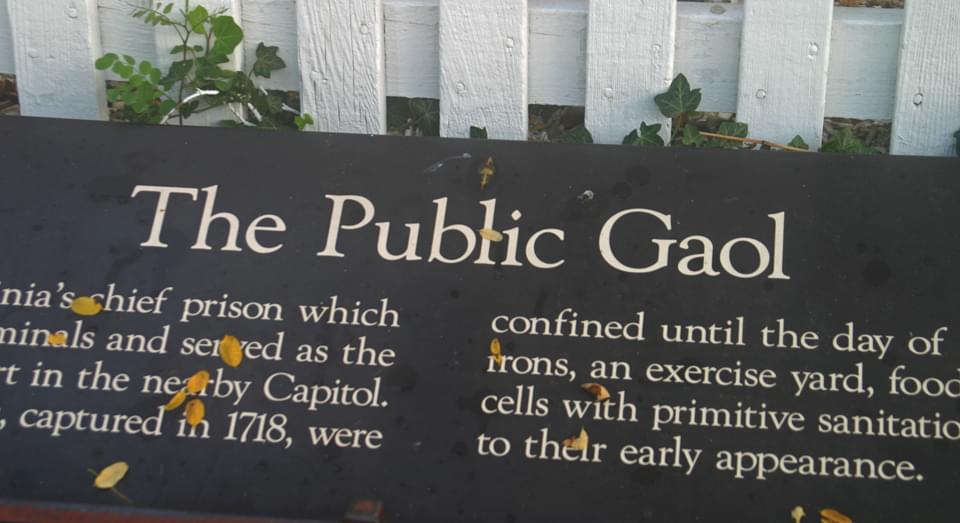 “Male and female prisoners waited their turn to appear in front of General Court and the Court of Oyer and Terminer. Prisoners who were found guilty waited there for their punishment; to be branded, whipped, or hanged, according to their sentences. However, “first offenders” might expect mercy, and some “miscreants” were merely fined.
“Male and female prisoners waited their turn to appear in front of General Court and the Court of Oyer and Terminer. Prisoners who were found guilty waited there for their punishment; to be branded, whipped, or hanged, according to their sentences. However, “first offenders” might expect mercy, and some “miscreants” were merely fined.
So, the original brick Public Gaol had three rooms: two for inmates, and one for the gaoler; a thirty by twenty foot building. Because the population of people afoul of the law grew to a much larger population than expected, this Gaol was expanded.
An exercise yard was therefore added in 1703, a “Debtor’s Prison” in 1711, and then a separate brick dwelling for the gaoler in 1722. All the other prisoners: the non-violent, mentally ill and the dangerous ones were put together in the same jail space, as only the debtors got separate area. They were all shackled cells that held 6 inmates. The food was awful, and no pen and paper were allowed.
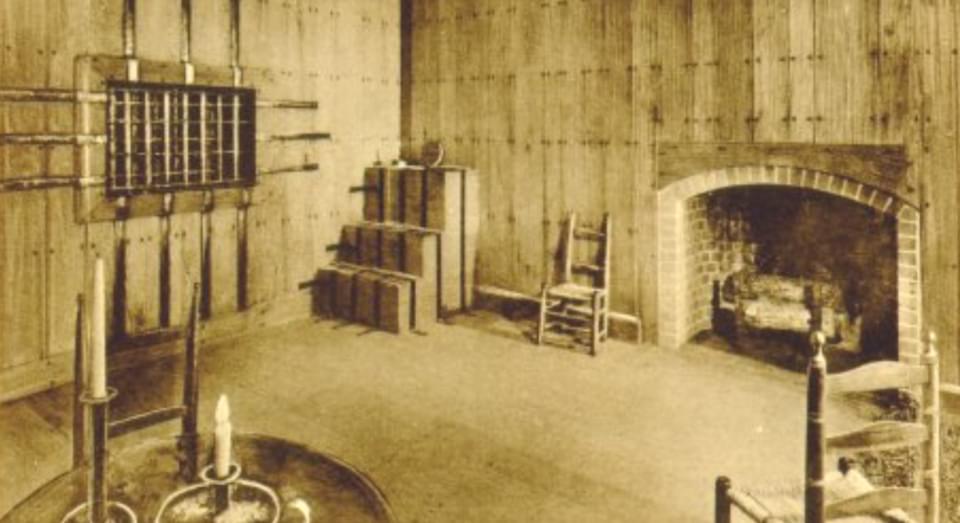
The worst reality was that even for temporary stays, the conditions inside this Public Gaol bred such disease as Typhoid,(called Gaol fever) which infected both prisoners and the jailers alike, with some deadly outcomes. There was no heat during the winter, and many prisoners died of the cold.
Infamous guests of the Public Gaol were 7 of Bluebeard’s pirate crew, who were awaiting trial before the admiralty court. One crew member was found innocent; perhaps a cabin boy, one was pardoned; perhaps the cook, and four pirates were sentenced to hang by the neck until they were dead.
It was finally realized in Williamsburg that mental illness wasn’t a crime but a sickness. The mentally ill were moved out of the Public Gaol when Williamsburg opened its first lunatic mental hospital in 1773.
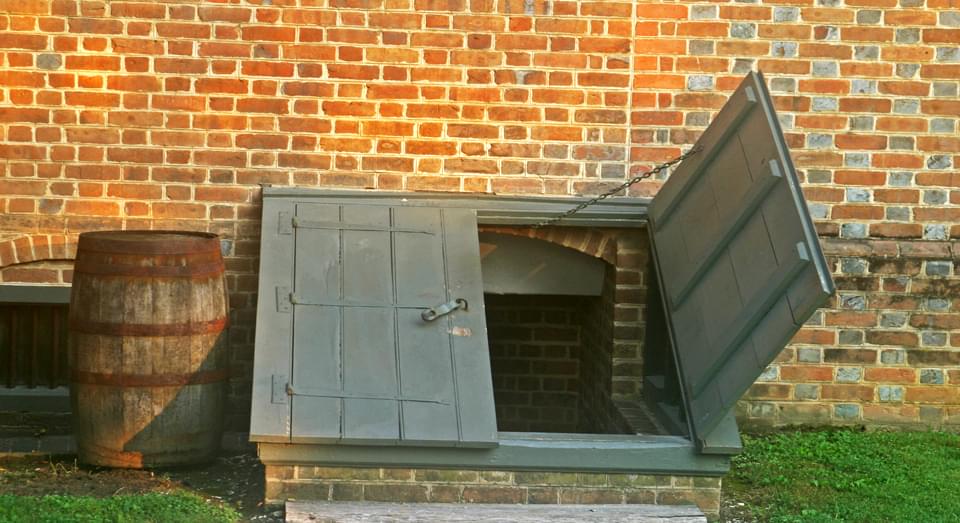 By 1773, the Public Gaol was made up of eight cells, an exercise yard, a courtyard, and rooms for the gaoler. The gaoler’s lodgings were enlarged again in 1773. The Gaol wound up eventually being two stories, which helped in the overcrowding. The jailed women were located on the second floor. The Gaoler wound up eventually with his own brick house, for himself and his family. The last gaoler was Peter Pelham, who lived here with his wife Anne and their huge family. Five of their children grew up here on The Public Gaol grounds, and one was born here.
By 1773, the Public Gaol was made up of eight cells, an exercise yard, a courtyard, and rooms for the gaoler. The gaoler’s lodgings were enlarged again in 1773. The Gaol wound up eventually being two stories, which helped in the overcrowding. The jailed women were located on the second floor. The Gaoler wound up eventually with his own brick house, for himself and his family. The last gaoler was Peter Pelham, who lived here with his wife Anne and their huge family. Five of their children grew up here on The Public Gaol grounds, and one was born here.
During the Revolutionary War, the guest list in the Public Gaol now included deserters, spies, traitors,and military prisoners.
Another guest was a crooked politician that was held here in 1779; Governor Henry Hamilton. He was accused of paying the native Americans for scalps taken off of colonists. He described the conditions. There was one large potty or throne that all the prisoners in the cell used, that was really stinky. Their food was pushed in the hole in the side of the cell.
In 1780, the county took over the running of the Pubic Gaol, Modern necessities were added that aided in proper sanitation, heat, running water, and was in use until 1910.
The Public Gaol was restored and dedicated as a museum in 1936.
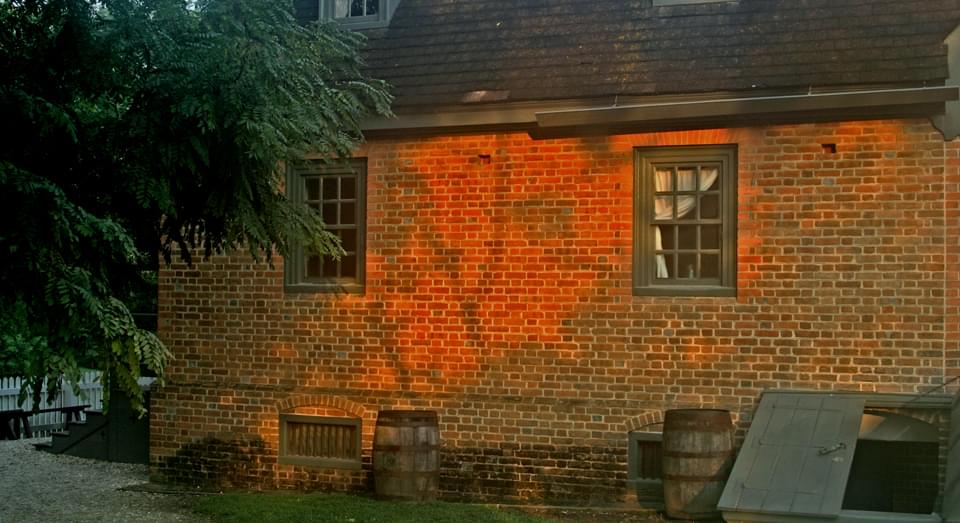
HISTORY OF MANIFESTATIONS
Former spectral prisoners which include pirates, thieves, runaway slaves, and corrupt political prisoners, sometimes like to stay where they were incarcerated for a variety of reasons. They may be afraid to go to the other side; fearing punishment for what they did while living. Sprits of murderers and pirates and others who hurt others terribly are probably here.
They can’t let go of the suffering they felt in the execution process or cruel treatment or squalid conditions they received that killed them.
Many temporary prisoners died here from cold and disease. Others may have suffered from bad hangings. They are angry and didn’t feel they deserved to be executed. Spirit of Henry Hamilton is one such spirit: he was a governor, yet he was hanged.
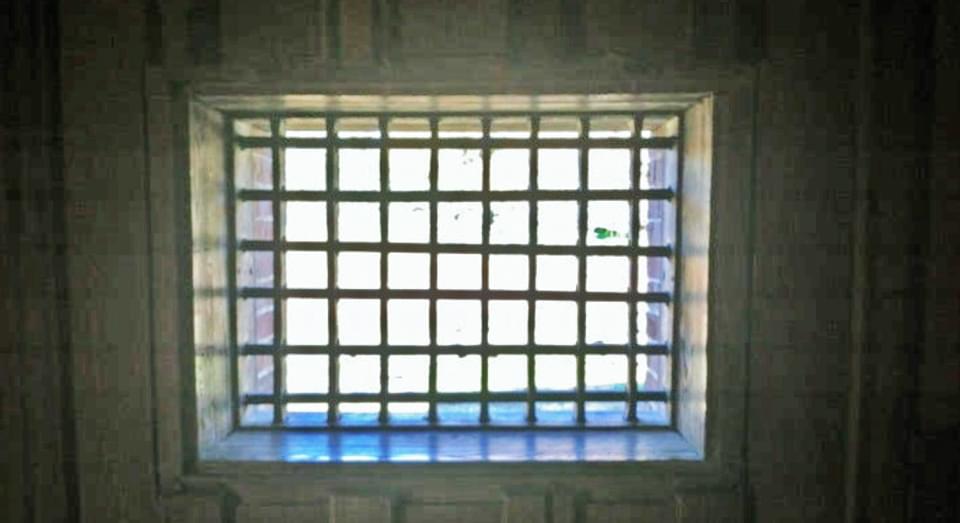
MANIFESTATIONS
Spirits of Women Prisoners
Stomping and walking around the second floor is heard by the living on the first floor.
Spirits on the first floor lower cells
Shadows are seen by the living.
EVPs were caught of ex-governor Henry Hamilton who is still in disbelief that he was hung for his crimes; his pride won’t let him rest.
The balls and chains on display move and swing by themselves; startling the living, much to the enjoyment of the spirits.
An aura creeps up on the sensitive. Spirits who were not nice folks while alive, haven’t improved their characters as spirits.
Spirit of Henry Hamilton
The spirit of Henry Hamilton is definitely here.
He probably wants another day in court to get pardoned, or found not guilty, as he probably didn’t think he did anything worthy of the death penalty

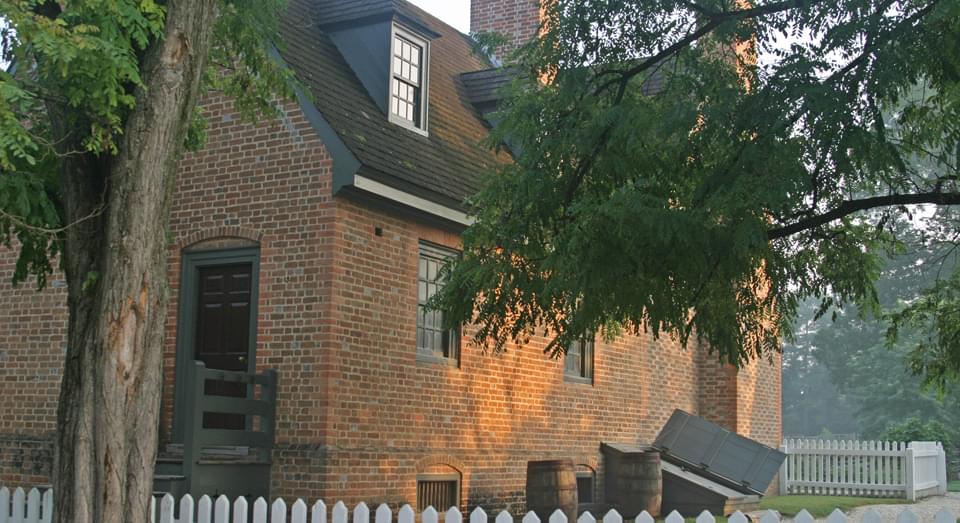

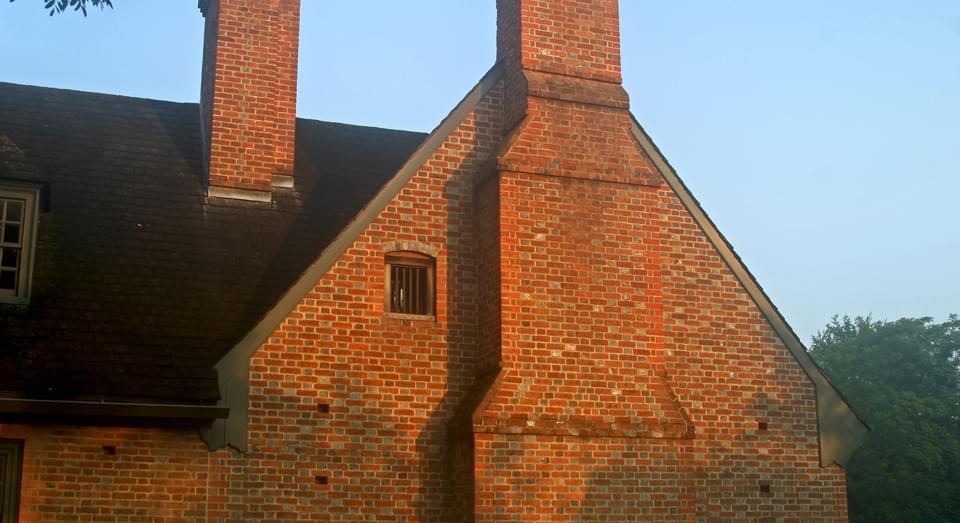
STILL HAUNTED?
Most probably yes.
Staff and visitors have had personal experiences.
The restless spirit of the ex-governor, Henry Hamilton wants a retrial.
Other spectral death row prisoners may be afraid to go to the other side, because of their murderous and thieving life style that caught up with them.
Spectral prisoners who were probably going to get a lesser sentence, may be upset that they died of bad conditions in the Public Gaol Jail.

LOCATION
Nicholson Street with nearest cross street being Williams St.
The Public Gaol Jail is located on Nicholson Street, a distance from central town; isolated a bit from law-biding citizenry.
SOURCES INCLUDE
- history.org
- colonialghosts.com
- colonialwilliamsburg.com
Our Haunted Paranormal Stories are Written by Julie Carr
Our Photos are copyrighted by Tom Carr
Visit the memorable… Milwaukee Haunted Hotel




